For thousands of years, Snoqualmie Falls has been an incredibly significant landmark and spiritual emblem for local inhabitants and visitors alike. The word Snoqualmie is said to be a derivative of the Salish word “sah-KOH-koh” or “Sdob-dwahibbluh,” meaning moon, and the people of the Snoqualmie Valley were known as "people of the moon." Here at Snoqualmie Falls, the Salish believed that it was "the place where First Woman and First Man were created by Moon the Transformer" and "where prayers were carried up to the Creator by great mists that rise from the powerful flow."
Settlers of European descent began arriving in the area by the middle of the 19th century, and numerous logging operations began, including the Weyerhaeuser mill in the current town of Snoqualmie Falls. Water from the river above the falls was diverted to the world's first underground hydroelectric power station by 1898, and in 1911 a second power station was added just downstream. Operated by Puget Sound Energy, both power stations are still in use and generate 44 megawatts of electricity, enough energy to power roughly 16,000 homes.
The original Snoqualmie Falls Lodge was constructed above the falls in 1919 as the cascade quickly became a tourist attraction, popularized by the addition of the railroad. Nearly 70 years later in 1988, after a two-year extensive remodel and ownership change, the lodge was reopened as the Salish Lodge and Spa; the fireplace is all that remains of the original structure.
Located only 30 miles from Seattle, the impressive, 268-foot Snoqualmie Falls is one of Washington's most popular natural destinations, attracting over 1.5 million visitors annually. In 2009 the falls and adjacent historic structures were listed on the National Register of Historic Places.
To accommodate the droves of tourists, two small interpretive parks (one above the falls and one below) welcome visitors and provide a complete viewing experience of the falls, its basalt amphitheater, the Snoqualmie River itself, and all of the historic structures that surround the landmark. Most visitors come to the upper viewing area adjacent to Salish Lodge, where the park provides a picnic area, a gift shop, and restrooms. The lower viewing area, located at the end of Southeast Fish Hatchery Road, provides restrooms and an interpretive trail alongside the 1911 power station, some diversion pipes, and the boardwalk that extends for several hundred yards.

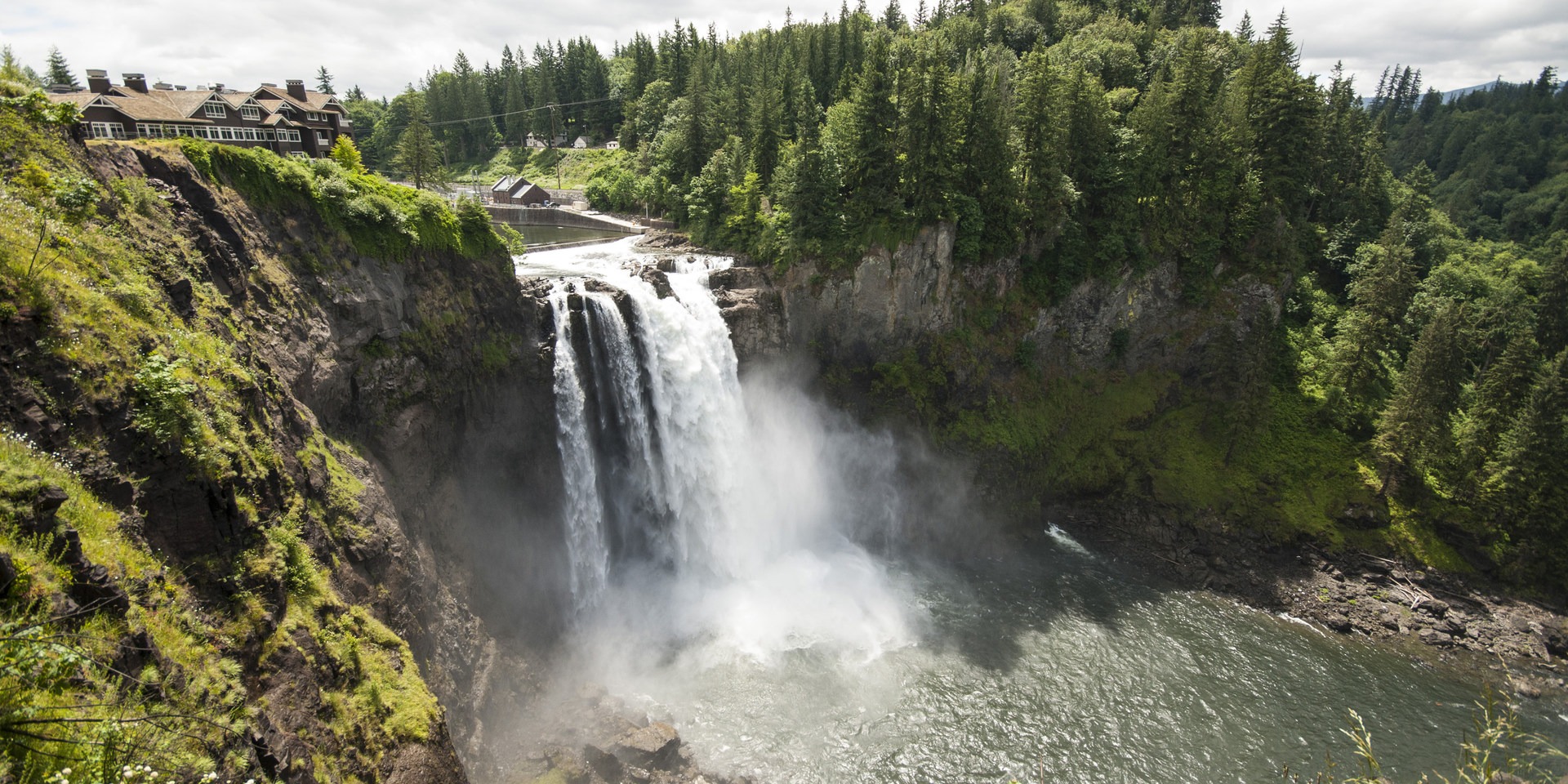
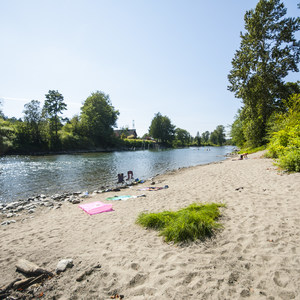


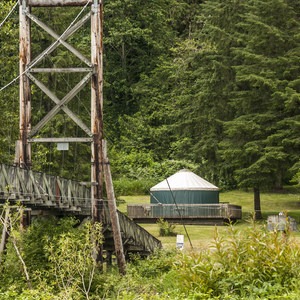
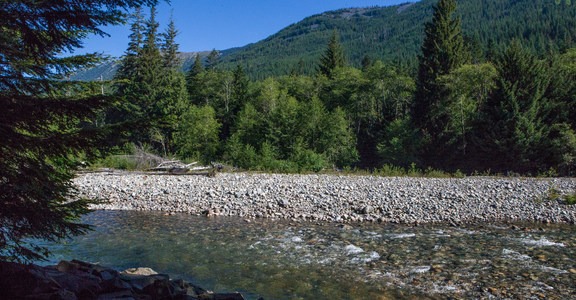
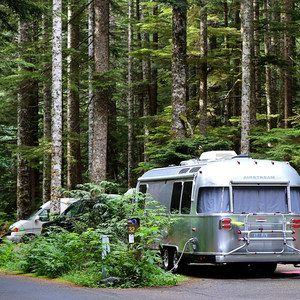
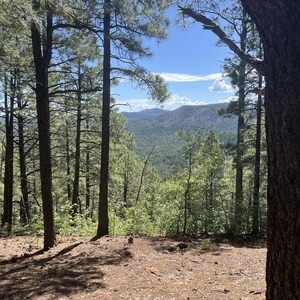


Comments
Sign In and share them.